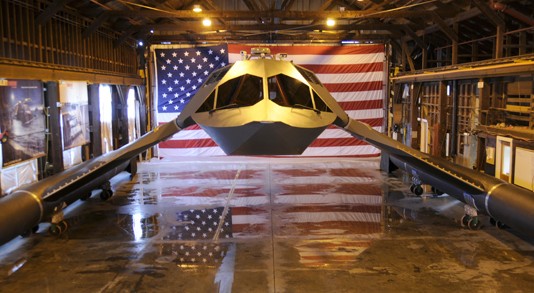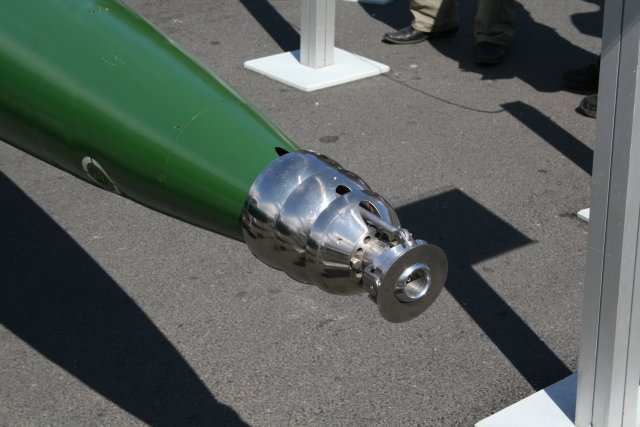
Super Cavitation Watercraft
Say you've been tasked with designing a new water pleasure craft optimized for speed called the Slickjet (fictional name). You ask the fundamental question - how do you travel fast through water? Easy, get as much of your Slickjet out of the water as you can. You know that the drag force acting on a totally submerged shape in water will be about 1000 times higher than for the same shape in air - the drag force scales according to the density of the fluid and water is 1000 times denser than air. Of course this assumes you are willing to get FAA approval for an aircraft rather than a boat. However, there is an alternative in that if you can somehow cocoon parts of your Slickjet in an air bubble as it moves through the water then you can convince the physics that those parts of your Slickjet are moving through air rather than water. This process is known as super cavitation and results in the drag forces acting on those parts of your Slickjet being more like those encountered in air rather than water.
 GHOST Super Cavitation WatercraftCourtesy of Juliet Marine Systems
GHOST Super Cavitation WatercraftCourtesy of Juliet Marine Systems
Up to now super cavitation has been the domain of torpedoes, such as the Shkval. The rocket-powered Shkval torpedo releases exhaust gases through a nose nozzle to maintain the cavitation bubble around the torpedo up to a maximum speed of 370 km/h. If the Shkval was an airborne missile flying at sea level its speed would be equivalent to a Mach No. = 0.3.
 Shkval Nose
Shkval Nose
So super cavitation is a promising technology if speed through water is your thing, but what's the chance that you will be taking a Slickjet for a spin through real water anytime soon? Rate it possible if Juliet Marine Systems (JMS) have anything to say about it. JMS are developing a prototype watercraft, called GHOST, that uses super cavitation to "... fly through an artificial underwater gaseous environment that creates 900 times less hull friction than water." While JMS cite military applications as the primary driver behind the GHOST, they also cite potential civilian uses such as:
- High-speed water taxi
- Offshore oil rig supply vessel
- Pleasure craft
And we all know that the faster the pleasure craft the higher the pleasure!
- Richard Smith's blog
- Login to post comments
Select Language
Recent blog posts
- CFD Simulates Distant Past
- Background on the Caedium v6.0 Release
- Long-Necked Dinosaurs Succumb To CFD
- CFD Provides Insight Into Mystery Fossils
- Wind Turbine Design According to Insects
- Runners Discover Drafting
- Wind Tunnel and CFD Reveal Best Cycling Tuck
- Active Aerodynamics on the Lamborghini Huracán Performante
- Fluidic Logic
- Stonehenge Vortex Revealed as April Fools' Day Distortion Field

